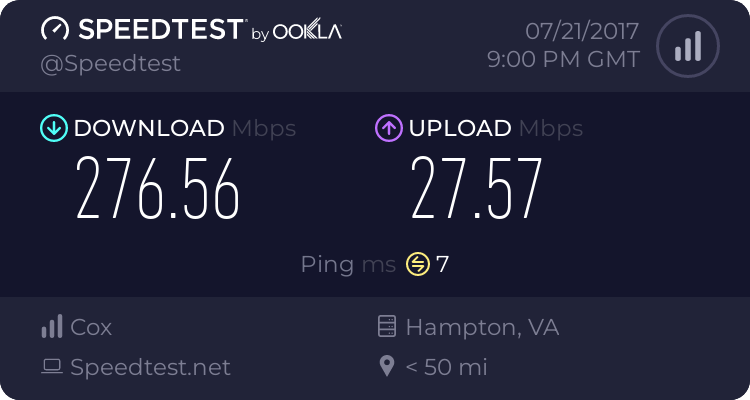@FreshJR
Well I was able to test at least one download so far on PS4. Downloading a 8GB game, was using two ports/streams to download. One was port 61456, and other was port 60797. So it might be a bit tricky hammering down a couple port's, to set at a lower priority for PS4 download's. I also played couple games of Battlefield Hardline online, and while in matches, it was using port 3659 to pass data. Normally if I'm playing something like Call of Duty online on PS4, it uses port 3074. I will test that in just a bit, and see exactly what port is passing data while in online games.
EDIT: I just tested Call of Duty Black Ops 3 on PS4, and in matches it's using port 3074, like I mentioned most call of duty games do for console, at least.
Also so far while watching my PS4 strictly, the PS4 uses a lot of different ports ranging mostly in the 50k/60k port range, but I did notice exactly one time a port in the 49k range was being used. So it appears the PS4 uses a lot of the higher port ranges to pass normal communication traffic, and for stuff like downloads. But when it comes to most gaming traffic, we're talking lower ranged port's like 3659/3074.
Anyways I don't know if any of this helps at least with the PS4, but I wanted to check it for myself, and figured I would share the info here. As we're all trying to maximize QoS for each of our need's, and mine just happens to be gaming, and wanting it to have game traffic as top priority. With what I have seen so far, it would be nice if we could just prioritize the lower data stream traffic, within what's considered game traffic by QoS itself. But I honestly don't know if it would be possible.




